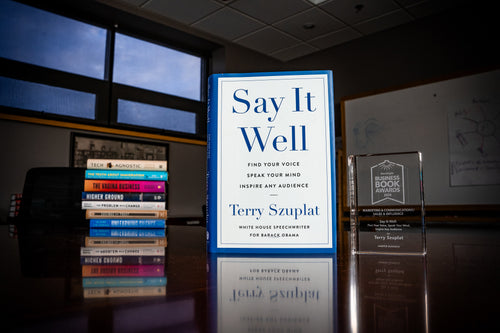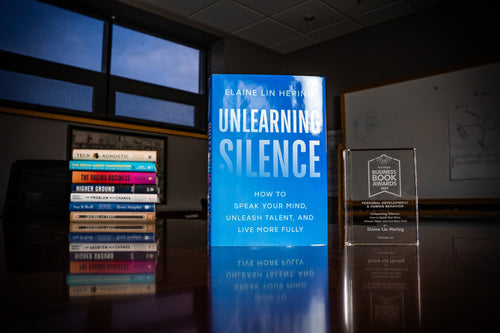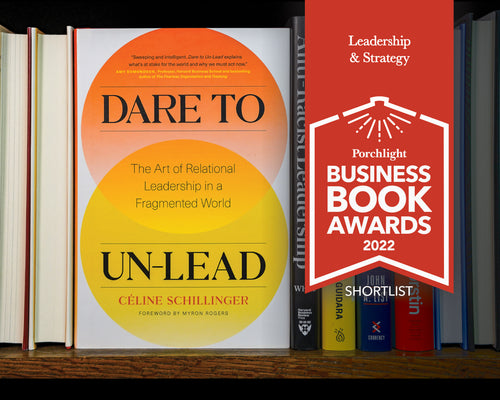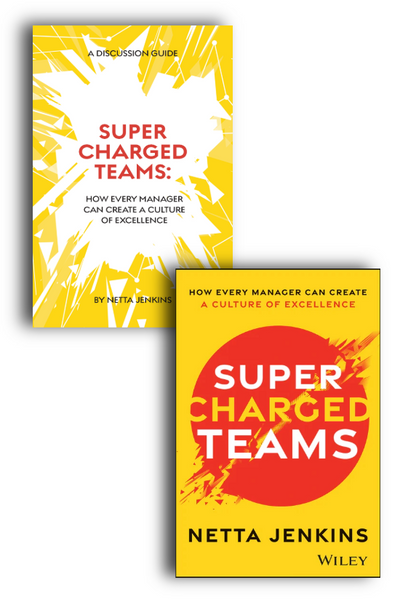Win At Losing: How Our Biggest Setbacks Can Lead To Our Greatest Gains

In Win At Losing: How Our Biggest Setbacks Can Lead To Our Greatest Gains, author Sam Weinman examines how setbacks often fuel later breakthroughs, in walks of life ranging from sports to business to politics. In this excerpt he describes how this ideal is ingrained in the culture of Silicon Valley, where some of the most successful companies have emerged from previous failures.
◊◊◊◊◊
The failed startup entrepreneur in Silicon Valley is as much a cliche now as the out-of-work actor waiting tables in Hollywood. Everyone knows one, or at least has heard of one. According to Professor Shikhar Ghosh, who teaches entrepreneurship at Harvard Business School, about 75 percent of startups don’t make money back for investors. The reasons for failure vary, but as he puts it, most “commit suicide as opposed to being murdered”—the damage is usually self-inflicted.
“Probably the biggest single reason startups fail is they create services that not enough people want,” Ghosh says. “A subcategory of that is a business people are interested in, but not interested enough to part with their money or time.”
A study by the market research firm CB Insights arrived at similar findings. In reviewing the post-mortems of 135 failed startups, the firm constructed a list of 20 reasons startups fail, with everything from burnout to location cited. By far the biggest reason was “not arriving at a market need.”
This dilemma calls to mind the annual PGA Merchandise Show I attend in Orlando. It’s the biggest trade show in golf, with a convention center the size of a small city filled with everything from golf clubs to sweaters to a hundred little gadgets that might allow you to monogram your golf tees. The best description of the PGA Show came from my friend David Owen, who said many of the golf products there are “solutions to problems you didn’t know existed.” I’ve found myself walking across that showroom floor dozens of times chuckling at one far-fetched idea or another. It's less funny when I remember someone put all kinds of time, money, and hope into something no one really wants.
As Professor Ghosh says, the most common mistake made with a startup is in miscalculating a product’s potential. It’s assuming there are scores of golfers who want their initials printed on a golf tee; or that musicians will be lining up for new ways to sell their music. From there, the dominos fall. Entrepreneurs might oversell the idea to investors. Or they inflate internal expectations of what the endeavor will yield. They spend too much time tinkering with a product to get it to work, and not enough time constructing a plan for if it doesn’t. The list of ways you can screw up a startup is long enough to cover several semesters at Harvard. And while no one plans it this way, many who emerge from the depths of a failed business tend to be better off from the experience.
“What I see among entrepreneurs who fail or experience setbacks is that the most resilient of them look at it as a learning opportunity and they grow from it,” says Dr. Michael Freeman, a psychiatrist in the Bay Area who works with many failed entrepreneurs. “They’re able to constructively reflect on it as a way to develop new skills.”
In perhaps no other segment of American culture is failure embraced as freely as the tech industry, where a collapsed startup is rarely a stigma and can often be a credential. It sounds like an odd thing to say about a field so ruthlessly competitive. Yet it is because innovation is inherently paired with risk that mistakes are considered inevitable. The only way to know if a product works is to test it, even if it means subjecting oneself to disapproval. The popular Silicon Valley mantra “Fail fast” reflects a culture that encourages individuals to throw ideas against a wall, then move on if they don’t stick.
“People who are more self aware and are willing to fail in small ways have a much higher likelihood of success,” Ghosh says. “The problem is with those people who are so afraid of failing because they’ve put everything into an idea, when they would have been better off pivoting away and trying something else.”
Thomas Edison had a famous line about a string of unsuccessful ventures in which he said he hadn’t failed, but he had “just found 10,000 ways that won’t work.” In a sense, the inventor was ahead of his time in embracing the concept of the micro failure, which is the idea that small setbacks are unavoidable and as a result, shouldn’t be feared.
When the sports psychologist Dr. Jonathan Fader works with major league baseball players, he reminds them that even the best players make an out two out of every three times at the plate, which should temper the disappointment of a pop fly to center field. “Instead of thinking of it as a global definition of yourself, you think of it as an occurrence,” Fader says. “A micro failure describes an instance, it’s doesn’t describe the person.”
A failed business in Silicon Valley is taught to be viewed in the same light. It’s a swing and a miss as opposed to some larger commentary on your competence. Recognizing as much can be elusive since it’s hard to not wrap your self worth up in something that is consuming your existence. But it helps to know that in the tech world, a lot more people are making outs than getting on base.
Adapted from Win at Losing by Sam Weinman with the permission of TarcherPerigee, an imprint of Penguin Random House.
Copyright © 2016 by Sam Weinman.
All right reserved.
ABOUT THE AUTHOR
Sam Weinman is the Digital Editor of GolfDigest.com, where, during his tenure, the website has grown to boast the largest digital audience in golf and has been nominated for several National Magazine Awards. Prior to that, he was the lead hockey and golf writer for The Journal News and LoHud.com, during which time he launched the popular hockey blog, "Rangers Report." For more than a decade, Sam's work has regularly appeared in Gannett newspapers around the country, including USA Today, and he has contributed to Golf World, Yahoo! Sports, ESPN the Magazine, and Sports Illustrated. He is the recipient of several national writing awards for his coverage of the PGA Tour and the National Hockey League. He lives with his wife and two boys in Rye, NY, where he coaches multiple youth sports teams.
































































